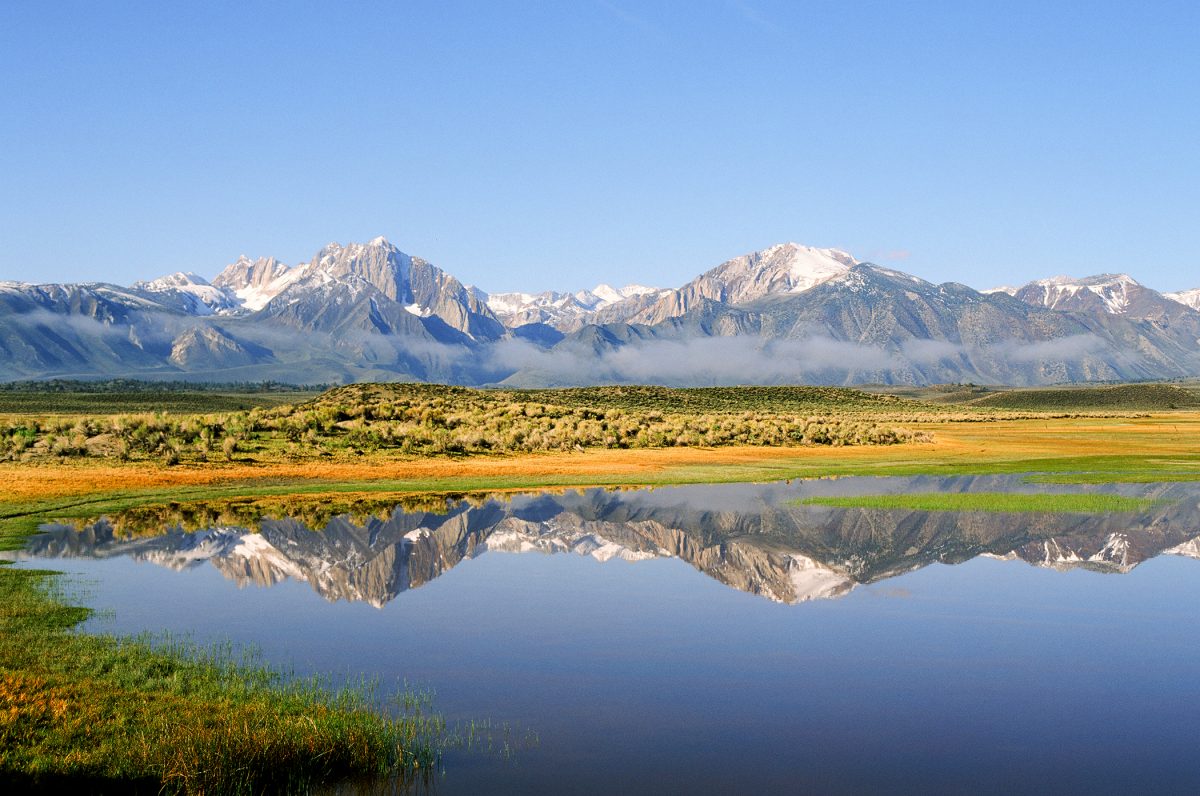Ok so now a more serious response to how many cameras I need.
Digital is a requirement, so I have two digital cameras: a Fujifilm x100t and XPro2.
I use the x100t to film most of our music videos and I use the XPro2 for all of the digital film scanning.
I also use the XPro2 for serious portraiture, using the X-mount 90mm and 56mm lenses. Crazy thing is, I get more detail in the reflection off of someone’s cornea with that setup than I get in an entire B&W photo, but I still prefer film.
Out of necessity I’d keep the Fujifilm XPro1 with 14mm, 35mm, and 56mm lenses (crop sensor, so those sizes match 21mm, 50mm, and 90mm)
Now to film:
The Pentax 17 has completely earned its place in my heart, so I always need that one–a half-frame camera is pretty darned cool. In fact, I think it’s number one for me.
The Canon A-1 and AE-1 Program pair comes next in necessity. Those kick butt, and allow me to do macro photography and other fun stuff with interchangeable lenses
Then comes the Nikon S3 rangefinder, because rangefinder cameras are so cool. I took that one out shooting on Friday.
The Rollei 35 is in the display cabinet waiting for me to gain the courage to do deep surgery. But when it comes out, that will also be in the rotation based on the “rule of cool”
Finally, I can’t do without a 6x6 medium frame camera! But I have two, a Mamiya C330 and a Mamiya C220. One is beautiful and heavy, while the other is practical and lightweight. I could be persuaded to part with one of them, though I’m not sure which.
You’re talking about my children here! How can I choose?
Barest essentials for film?
I’d keep the Pentax 17 and the Canon A-1 with its lenses.
The other film cameras are all prima donnas that are fiddly and require manual metering and such. I’d even do without medium format: it’s fun to use, but not such a joy in the darkroom since the square format is annoying to work with in the enlarger (paper sizes and such)


